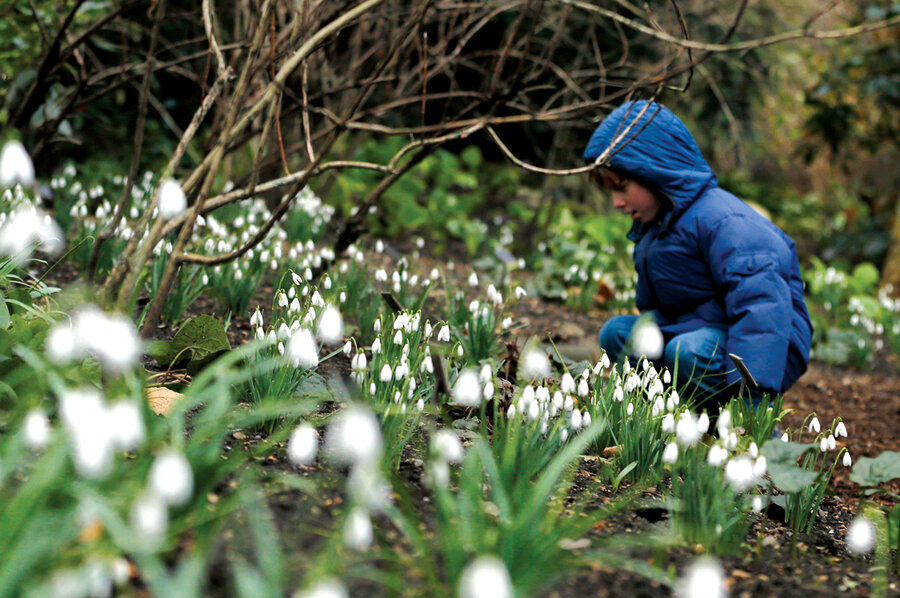Plants to warm up winter
Loading...
Currier and Ives postcards make much of color-filled winters. Since we do not garden in postcards where I live in the Midwest, we accept nature's tendency to sleep off the cold wrapped in a black-and-brown blanket. But with a bit of effort on the gardener's part, winter does not have to be that way. A winter garden of color and bloom is within reach.
A prime location for a winter garden is just outside a window from which there is a view from an easy chair. Or, if you appreciate bundling up for a short walk, an open garden – but still easily visible from that easy chair.
The plants listed below do best in some degree of shade. An east-facing location is usually best, with morning sun until about noon or so. If possible, the garden should be out of the prevailing winter winds. That makes it more comfortable for you if you place a bench in the design, and the plants will thank you, too. Winter winds dry out foliage when the ground is frozen.
No matter how colorful the plants, a bit of motion adds interest. A birdbath with a warming element to keep the water from freezing attracts as many birds as does food. For a low-maintenance option, suet in caged feeders works well. If you choose to provide sunflower seeds, do not let the shells accumulate as they can inhibit the growth of perennials.
Conifers or shrubs: Set to the side so it won't block the view from inside, a dwarf conifer that will accept some shade is a good start. For a more casual look, a shrub that loses its leaves in winter but has attractive bark or berries is good.
There are many Chamaecyparis (cypress or false cypress) available in various sizes and colors of foliage that can take some shade. A good garden center can help you choose.
For deciduous shrubs, oakleaf hydrangea (Hydrangea quercifolia) is an excellent choice. It comes in dwarf sizes and has revealing cinnamon-stick stems in winter.
Hellebores: The first hellebores that come to mind are the popular garden hybrids (Helleborus x garden hybrid or occasionally H. orientalis), commonly referred to as the Lenten rose. Its leatherlike foliage is reliably evergreen and tough as nails. Blooms can open from mid-February through April depending upon where you garden. Flowers can open as single or multiple rows of petals and can be white to almost black with or without freckles.
You might also like the small (under 12 inches) Christmas rose (H. niger), with its evergreen foliage arranged in the shape of a horseshoe. White blooms might open in November, but usually not until February for me.
The bearpaw hellebore, (H. foetidus) is a favorite. It is the tallest of the hellebores at about two feet. Winter foliage turns dark olive-green, and new growth that forms the bloom stalk begins rising from the center of the plant in chartreuse about mid-December. Blooms are green and bell-shaped, sometimes rimmed in red, and they can last until the first of May.
Galanthus: Snowdrops begin their short above-ground show in mid-February in my garden and last until the end of March. Narrow bright-green stems rise with a single white drooping bloom at the tip. Bulbs quickly replicate, and there is some seeding to form drifts. Snowdrops bloom at the same time as hellebores and are great companions.
Ground covers: Wintergreen (Gaultheria procumbens) has evergreen foliage of leatherlike polished leaves attached to trailing stems that root as they travel to form a premium ground cover. New growth is copper-bronze-red. White urn-shaped blooms open in June, turning pink as they age. Bright red berries develop and persist all winter.
'Silver Gem' violet (Viola walteri 'Silver Gem') hugs the ground and grows slowly. Grown for its foliage, it has blooms that are violet and small. Snowdrops look great pushing up through wintergreen or the violets.







